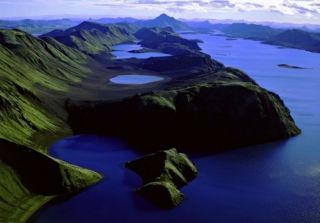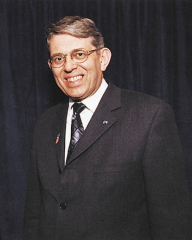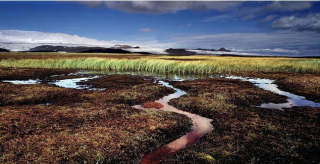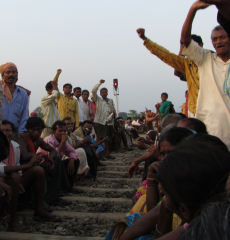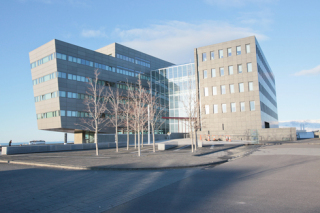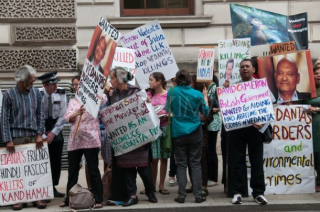Jul 31 2011
Lake Langisjór Finally Declared Protected
After many years of planning to change lake Langisjór, located at the western edge of Vatnajökull, into a reservoir for energy production, Landsvirkjun’s fantasies have finally been permanently ceased. Last Friday, July 29th, Iceland’s Ministry of Environment announced the publication of a regulation to validate the enlargement of Vatnajökull national park, which includes the protection of Langisjór and partly the volcanic canyon Eldgjá and its surroundings. The regulation is the final step in an agreement, signed in February this year, between the Ministry of Environment and local authority of Skaftá district concerning the enlaregment of the national park, based on the priceless value of the area’s natural features. This manifests the full realization of one of Iceland’s environmental movement’s biggest victories.
Landsvirkjun, Iceland’s national energy company, intended to channel river Skaftá to river Tungnaá river through Langisjór, which would effectively become a reservoir. The Skaftá dam (Skaftárveita) would have added another 7 km2 to the lake-reservoir with the purpose of increasing the energy capacity of planned dams in rivers Þjórsá and Tungnaá. The three planned dams in Þjórsá have been met with fierce local and national opposition whereas the construction of Búðarháls dam in Tungná is already taking place, its energy meant for increased aluminium production in Rio Tinto’s Alcan smelter in Straumsvík. Effectively, the damming of Langisjór would lead to a sediment build-up and increased turbidity which would destroy the lake ecosystem. Read More
